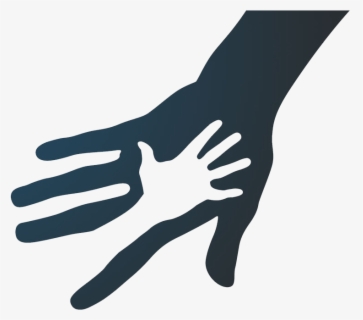
Even as the pandemic continues many schools are beginning their transition from distance learning back to in-person instruction. As we make that switch it is important to analyze our students', and our LCAP subgroups in particular, experience during distance learning to determine who will need the most support moving forward. Regression, or learning loss, is normal and expected over summer break, the regression experienced over the course of the last year is proving to be much more troublesome.
There is no question that most students, in varying degrees, will have experienced some regression as a result of the pandemic. Identifying general areas of need will help schools address losses school-wide. However, analyzing student subgroups will prove to help schools implement more targeted interventions.
As I mentioned I have been researching the impact distance learning during the pandemic has had on students. I thought it would be helpful to share some of the articles and resources I have discovered, specifically for our LCAP subgroups, if you are also interested in learning more. I have more resources to share if you would like to see them email me success@organizedbinder.com:
It is true that students are struggling with learning loss in distance instruction but this article, which is a recap of a podcast from the Stanford Graduate School of Education, points out that the challenges are greater for students with learning learning disabilities (SPED). “A lot of children with disabilities lack the self-regulation and the communication skills to focus on receiving instruction through a computer or tablet...these families are really in the hardest situation right now.”
Written in anticipation of the 2020-2021 school year, this article reminds us that English Language Learners (EL) are a large and diverse student group. Therefore, assessing the severity of losses experienced by EL’s must be performed on a local level. For example, Asian-American EL students may face increased bullying and discrimination while rural EL students are more likely to experience connectivity issues. The good news is, like other LCAP subgroups, schools have “targeted funds from the LCFF”. As districts and schools assess the learning losses for the EL population they serve they can use these funds specifically to support EL students.
For many homeless students school is oftentimes the only “system” meeting their families needs. When schools closed in March 2020, the connection with school was largely cutoff. There has been a significant drop in enrollment for homeless youth during the pandemic. The approach to addressing the COVID Slide for homeless students has a different starting place than other student subgroup designations - districts and schools must first identify and then locate homeless youth. Once a connection in made with students then the work of assessing and addressing specific losses resulting from the pandemic can take place.
The impact on socioeconomic disadvantaged (SED) students is enormous. Even before the pandemic SED students struggled compared to their non-SED classmates. This report takes a deep dive into many topics related to equity and student performance during the pandemic as well as post-pandemic projections. Stated plainly, “The COVID-19 crisis has exacerbated the well-documented opportunity and enrichment gaps that put low-income students at a disadvantage relative to their better-off peers.”
This article highlights a troubling experience for foster youth that may have resurfaced during the pandemic. As a former foster youth shared with the authors, “I never had control of my life growing up, and the pandemic has reintroduced a lack of control.” Like other subgroups, foster youth often struggle to engage academically as a result of unique challenges. Attendance rates, for example, for foster youth are often lower compared to those who are not in foster care. This report shows that overall foster youth were less engaged than other students throughout the pandemic which has exacerbated learning gaps.
It is clear that regardless of subgroup classification most students are in need of intervention. We are called to mitigate regression to help all students succeed academically. The authors of the report from the Economic Policy Institute provide the call for educators around the globe with specific action items:
“In the rebuilding phase, it is essential to establish an education system that embraces a whole-child approach, addresses the impacts of poverty and inequality on students’ capacity to learn and on teachers’ abilities to do their jobs, offers a flexible set of wraparound supports to mitigate the impacts of the inequities that are built into the system, values education and educators, and creates viable contingency plans for future crises.”
COVID-19 and student performance, equity, and U.S. education policy - Lessons from pre-pandemic research to inform relief, recovery, and rebuilding | Emma García and Elaine Weiss
How is your school or district approaching learning loss for LCAP subgroups? If you have any interventions that you hope to be effective please share in the comments below. If you have other resources to further understand regression mitigation or the impact of the pandemic on specific student groups please share. Thanks in advance.
Be well,
Mitch